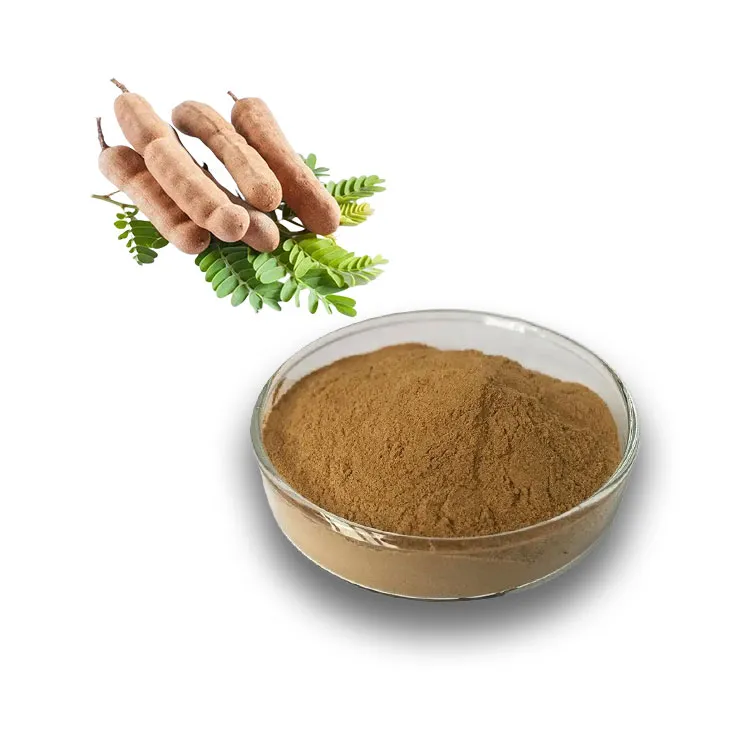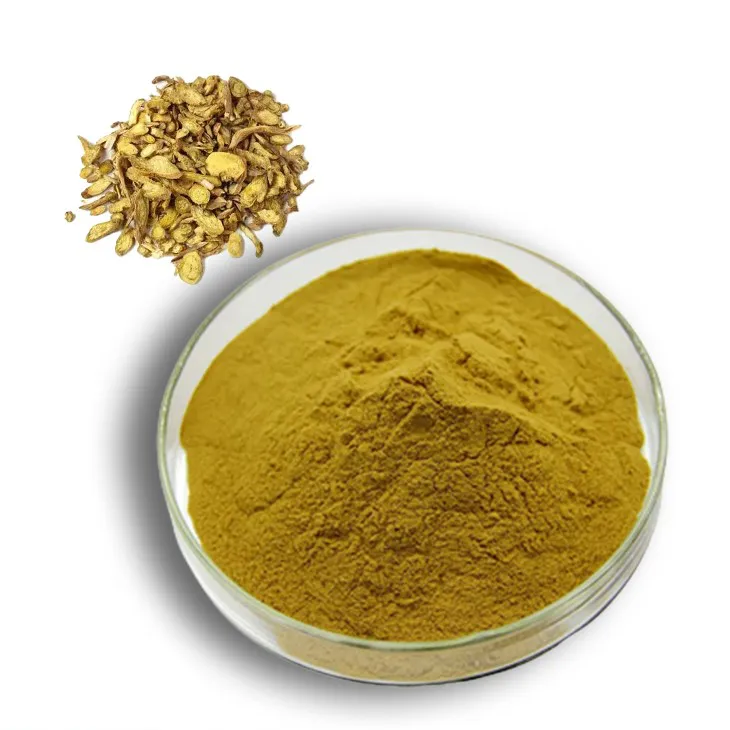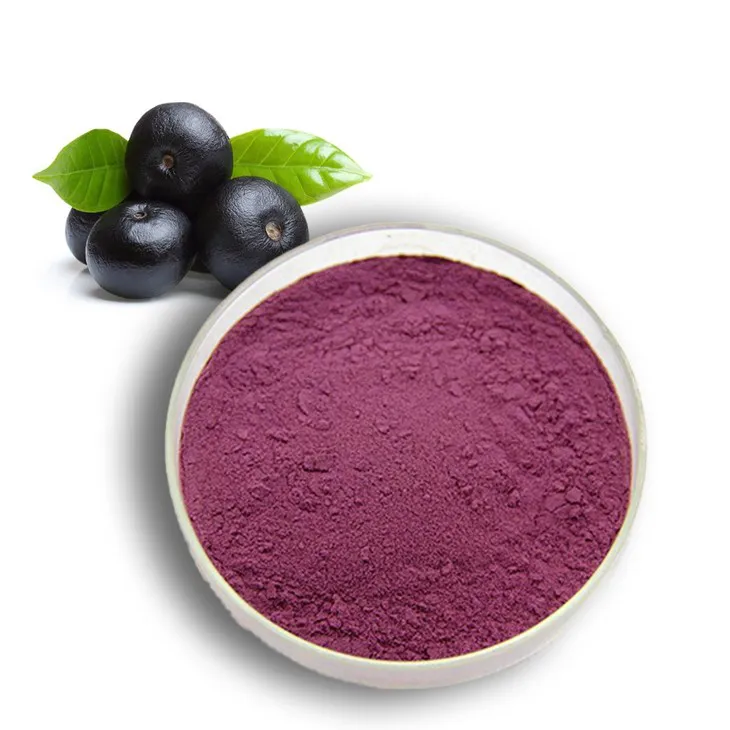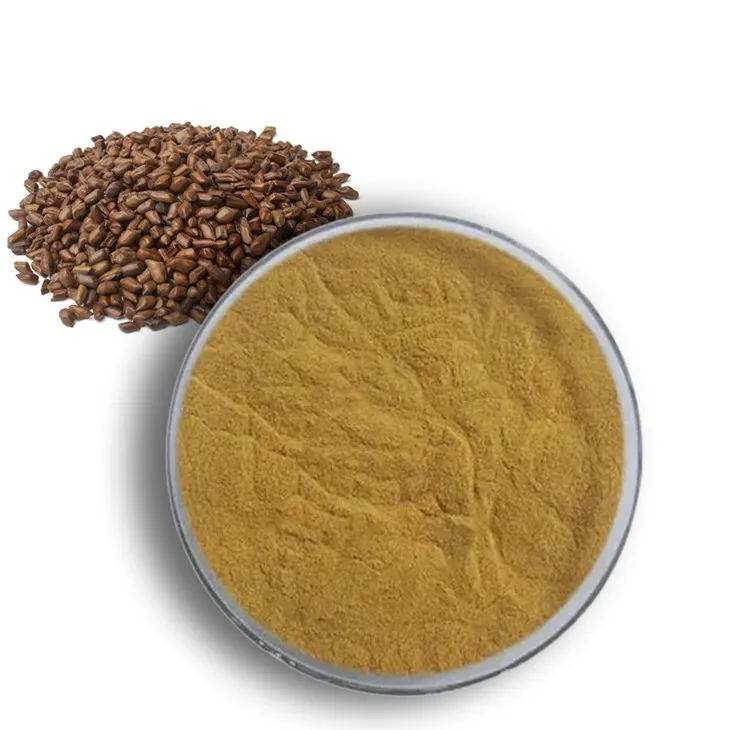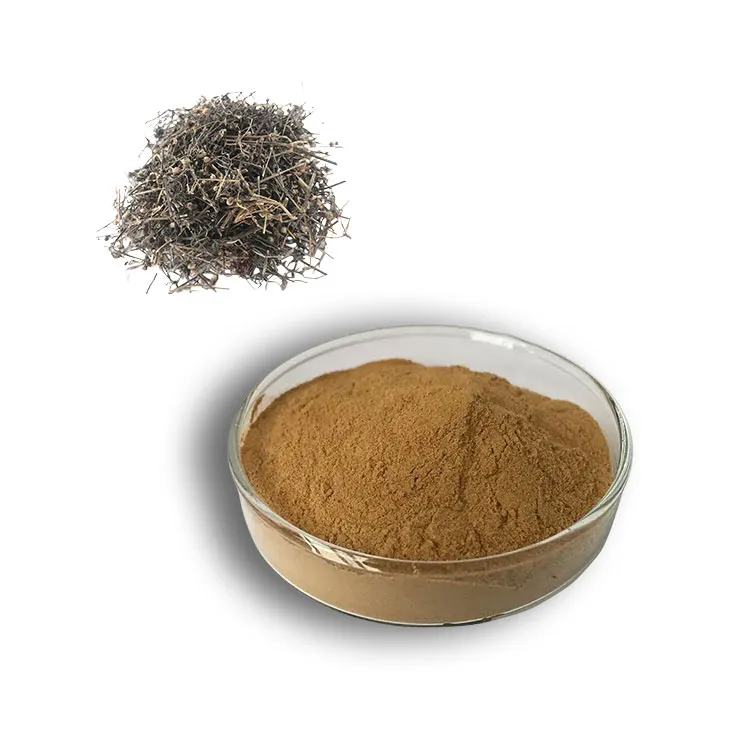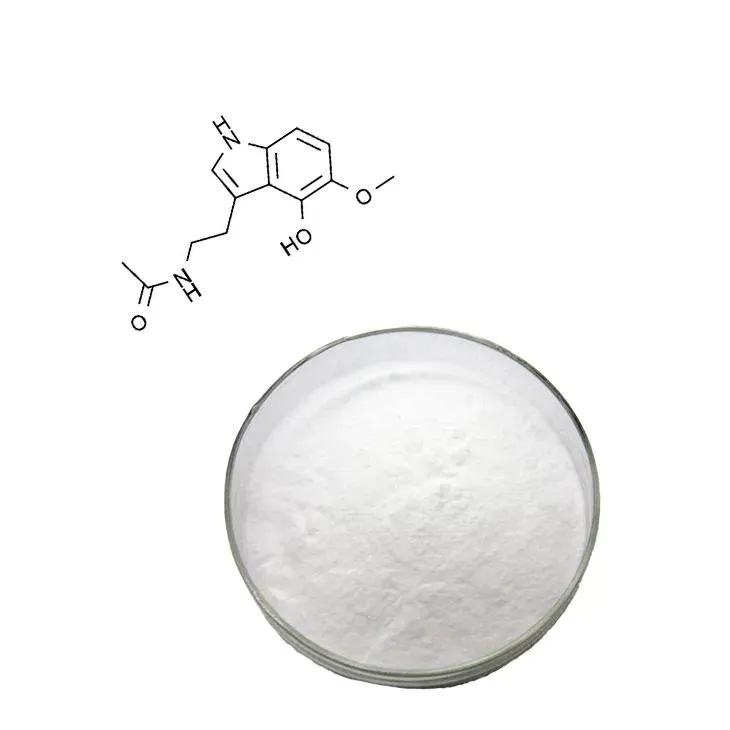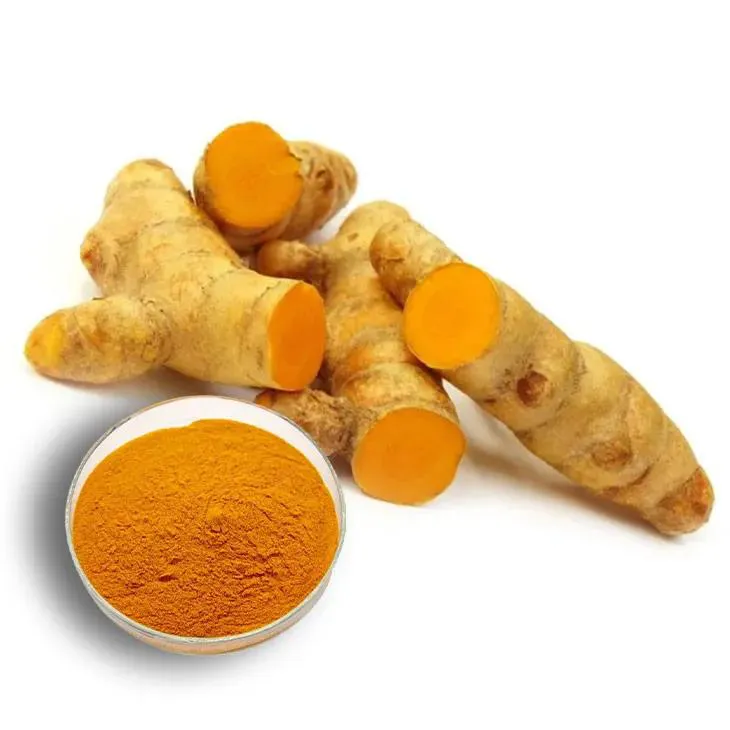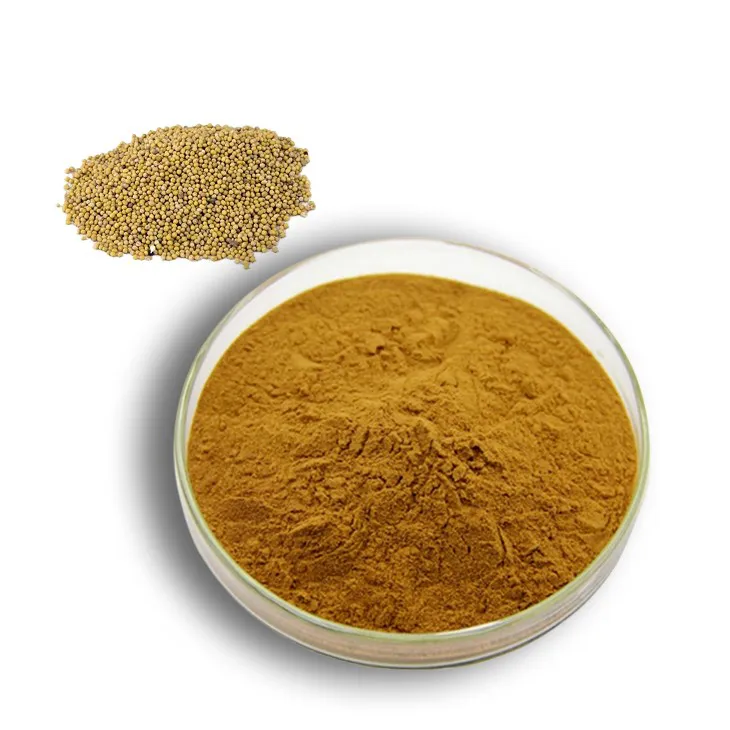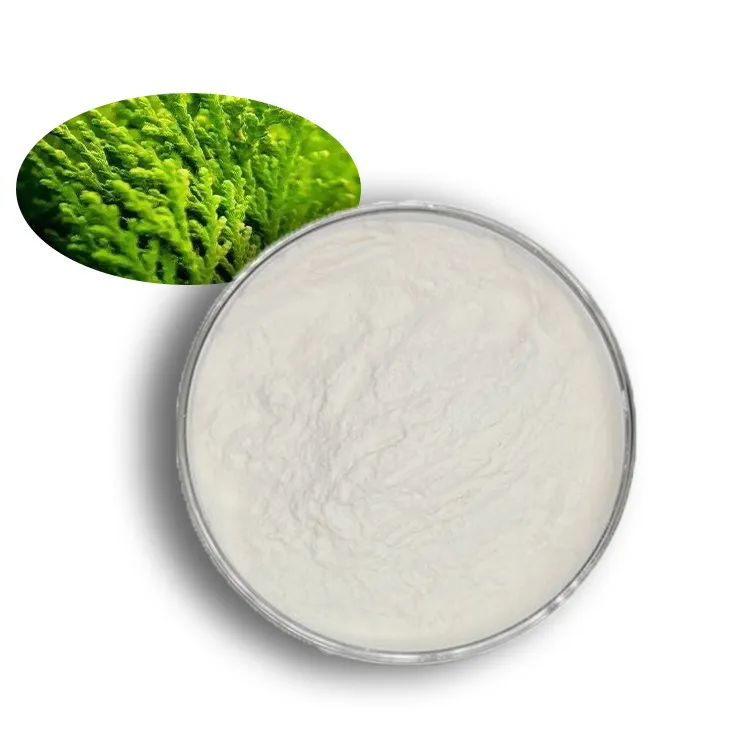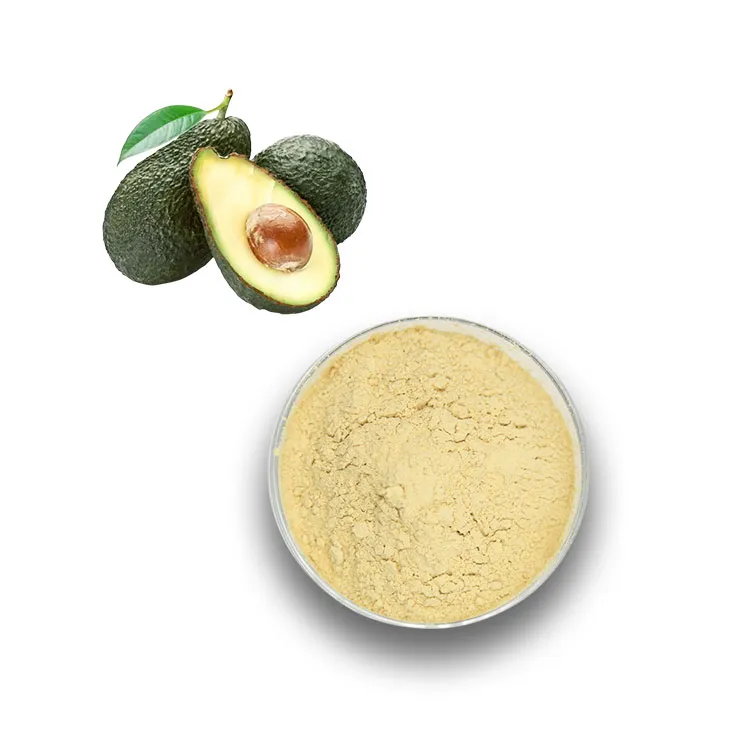- 0086-571-85302990
- sales@greenskybio.com
Turmeric Shows Promise as a Natural Pain Reliever for Multiple Conditions
2025-07-31
Turmeric, the fragrant yellow spice known for its antioxidant and anti-inflammatory powers, is gaining new attention as a natural option for managing a variety of pain conditions. At the heart of turmeric’s pain-relieving abilities is Curcumin, its main active ingredient, which research has linked to positive effects on joint, muscle, and nerve pain.
Turmeric’s Benefits for Different Types of Pain
1. Arthritis Pain
Multiple studies point to Curcumin’s potential for easing symptoms in people with osteoarthritis and rheumatoid arthritis. One 2022 study found that Curcumin provided pain relief that was not only superior to placebo, but also on par with certain nonsteroidal anti-inflammatory drugs (NSAIDs) and with fewer side effects, making it a potentially safer alternative. Turmeric may also help reduce inflammation and pain in people with autoimmune-based arthritis.
2. Muscle Pain
For muscle soreness following intense exercise, curcumin appears to be helpful. Studies show it can limit muscle damage by blocking inflammatory pathways and oxidative stress, supporting faster recovery and less discomfort.
3. Nerve Pain
Early research suggests turmeric’s curcumin may relieve nerve pain, including diabetic neuropathy and post-surgery pain, by addressing underlying nerve inflammation and damage. Both animal and some early human studies highlight its promise, though more clinical trials are needed.
4. Fibromyalgia Pain
Fibromyalgia involves chronic muscle and connective tissue pain, often due to an overactive pain response. In animal tests, curcumin reduced inflammation and oxidative stress associated with extreme pain sensitivity. While more human research is needed, these early findings are promising.
5. Back Pain
Turmeric’s anti-inflammatory qualities extend to back pain as well. In a recent 2024 study, a formulation containing both turmeric and Boswellia (an anti-inflammatory herbal extract) provided rapid pain relief, with participants experiencing significant improvement within hours—much faster and stronger than a placebo.
How Curcumin Works to Relieve Pain
Curcumin acts as a natural painkiller by decreasing the chemicals and pathways that cause the sensation of pain and inflammation. This action is similar to the mechanism of common pain relief medications but with generally fewer side effects.
Adding Turmeric to Your Diet
Turmeric can easily be incorporated into daily meals such as coffee, tea, soups, stews, roasted vegetables, and rice dishes. For a soothing drink, try "golden milk"—a blend of turmeric, milk, black pepper, cinnamon, and honey, warmed gently for ten minutes.
Supplements and Dosage
For those seeking higher concentrations, turmeric supplements with up to 95 percent curcumin are available. Experts recommend 500 milligrams twice a day for managing arthritis pain, but always consult a healthcare professional before starting any supplement.
Possible Side Effects
Most people tolerate turmeric well when used in moderate, short-term doses. If side effects do occur, they are generally mild, such as stomach upset, nausea, or dizziness, and become more likely at higher doses. Turmeric can interact with certain medications, including blood thinners and chemotherapy drugs, so medical guidance is essential for those on such treatments.
Key Takeaway
Turmeric stands out both for its culinary value and its pain-relieving potential, with scientific support for its use against joint, muscle, nerve, and back pain. While it is considered safe for most people, caution should be used with high doses or in combination with prescription medications. Whether added to food or taken as a supplement, turmeric may offer a natural way to help manage pain and promote overall well-being.
- ▶ Hesperidin
- ▶ citrus bioflavonoids
- ▶ plant extract
- ▶ lycopene
- ▶ Diosmin
- ▶ Grape seed extract
- ▶ Sea buckthorn Juice Powder
- ▶ Beetroot powder
- ▶ Hops Extract
- ▶ Artichoke Extract
- ▶ Reishi mushroom extract
- ▶ Astaxanthin
- ▶ Green Tea Extract
- ▶ Curcumin Extract
- ▶ Horse Chestnut Extract
- ▶ Other Problems
- ▶ Boswellia Serrata Extract
- ▶ Resveratrol Extract
- ▶ Marigold Extract
- ▶ Grape Leaf Extract
- ▶ blog3
- ▶ Aminolevulinic acid
- ▶ Cranberry Extract
- ▶ Red Yeast Rice
- ▶ Red Wine Extract
-
What vitamins cannot be taken with turmeric?
2025-07-31
-
Is Curcumin the Same as Turmeric?
2025-07-31
-
What are the symptoms of too much turmeric?
2025-07-31
-
Does curcumin work immediately?
2025-07-31
-
Tamarind extract powder
2025-07-31
-
Baicalin
2025-07-31
-
Acai Berry Extract
2025-07-31
-
Cassia Seed Extract
2025-07-31
-
Hedyotis Diffusa Extract
2025-07-31
-
melatonin extract
2025-07-31
-
Curcumin Extract
2025-07-31
-
White mustard seed extract
2025-07-31
-
Carrageenan Extract Powder
2025-07-31
-
Avocado Extract Powder
2025-07-31




















